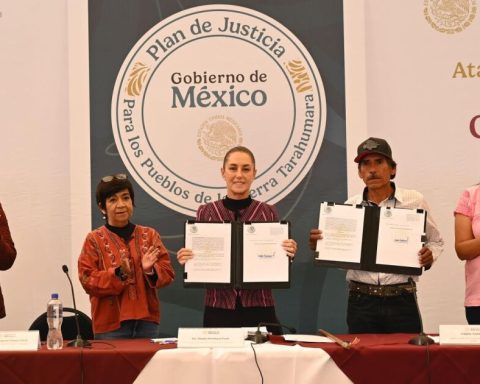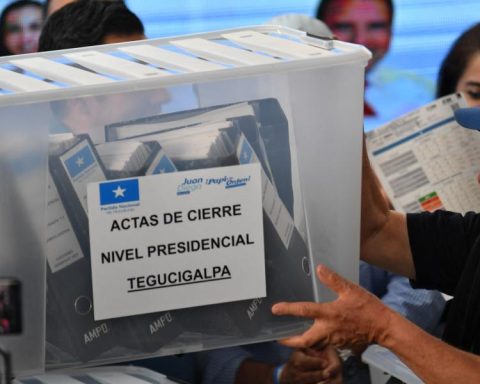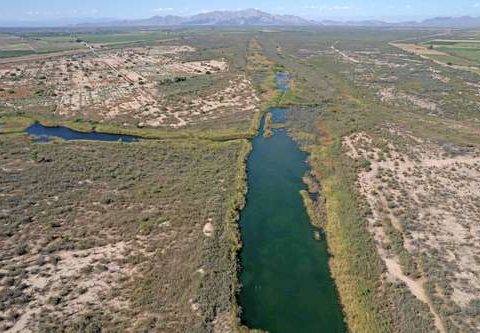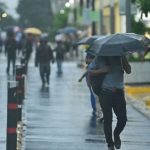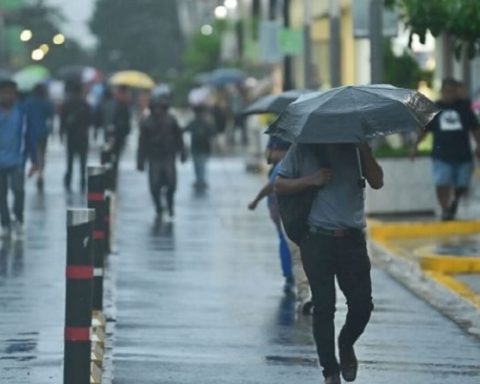José M. Muria
oh
half a century ago! He February 27, 1973, in a place called sprained knee
(Wounded Knee), in the very heart of the United States, a rebellion was unleashed by indigenous people from that land, who sought independence from the United States. Of course, 71 days later the movement was crushed to the rough
by law enforcement, in this case mostly the FBI. As the Spanish used to say, forced to do so, the rebels were appeased fire is blood
.
The rebels of the booking
The indigenous people – that’s what they call this sort of concentration camp – reached such disagreement that on the following March 8 they flatly raised the stars and stripes flag upside down and declared their independence from the great nation
. It should be remembered that the president was Richard Nixon and the Vietnam War was at its height, although it is not to be supposed that another president and in another situation would have resorted to other procedures.
Vicent Partal, a Valencian journalist who visited the site 10 years later, defined very well the status of the small region in South Dakota, immediately adjacent to Nebraska, saying that to eat a hamburger as God commands
you had to travel 150 kilometers and at least 30 of them to find a place, even modest, to sleep. Such was his nature, different from the rest of the country…
He also recounted that still 10 years after these events, no one still dared to talk about them with a foreigner.
Likewise, he refers in his report that the per capita income is equivalent to less than half that of his neighbor in the state of Nebraska. In fact, this county called Pine Ridge can boast that, of the 3,142 counties into which that country is divided, it is the one with the lowest income.
But it turns out that the little region called Wounded Knee has a much more painful history dating back to the 1890s. There is a monument, rather ugly by the way, commemorating the battle
of that year, although shyly said word was roughly replaced by another that defines it as it really was: slaughter
. Nobody knows who made the modification, but the truth is that nobody has dared to impose the original word on it again.
It was a revolt that responded not only to poverty, but also to the discrimination to which the natives were subjected. Not long ago, the ban on them accessing certain places was manifest, even with highly visible signs.
On that occasion, at the end of the 19th century, the rebels were basically subdued (or crushed) by the 7th Cavalry Regiment backed by four splendid cannons designed for such combats, thanks to which they managed to exceed the death toll of 250, some of them which lie at the foot of said monument.
By the way, the memory survives that 20 uniformed men, who did their best in their mission, were decorated with the medal of honor that is imposed on those they consider heroes in combat.
There is no doubt that, if it were not totally impossible, the insurgency of the entire region known as Wounded Knee would again fight for independence from the United States, as is the case of Hawaii and Puerto Rico, but the point is that the south of Dakota is, it bears repeating, at the very heart of the Great American Nation
which recognizes itself as the paradigm of progress.


